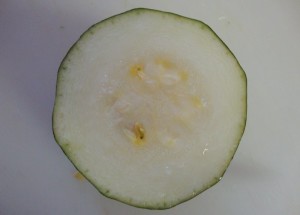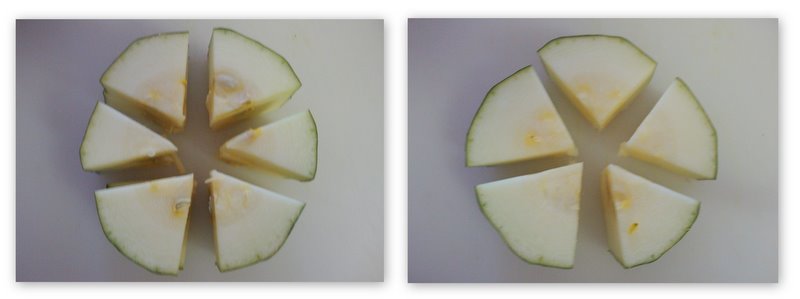A boat-builder once described to me one procedure for making oars.
 Start with a long piece of lumber with a square cross-section. Take off a certain amount from each of the four corners. Now their are eight corners. From each of the eight corners, take off a smaller amount. The progression of cross-sections looks something like this:
Start with a long piece of lumber with a square cross-section. Take off a certain amount from each of the four corners. Now their are eight corners. From each of the eight corners, take off a smaller amount. The progression of cross-sections looks something like this:
Through practice, the builder knows how much wood to remove at each stage. You can continue to repeat this process, but some sanding at this point will probably get you pretty close to what you are looking for: a circular cross-section.
This naturally brings to mind the hallmarks of Calculus: approximations and limits. At each stage of the process, the cross-section of the oar becomes a better and better approximation of a circle. Indeed, the limit of such a process is indistinguishable from a circle.
I’m not sure if anyone making oars is thinking about Calculus, but sometimes it’s hard for me not to think about it!





